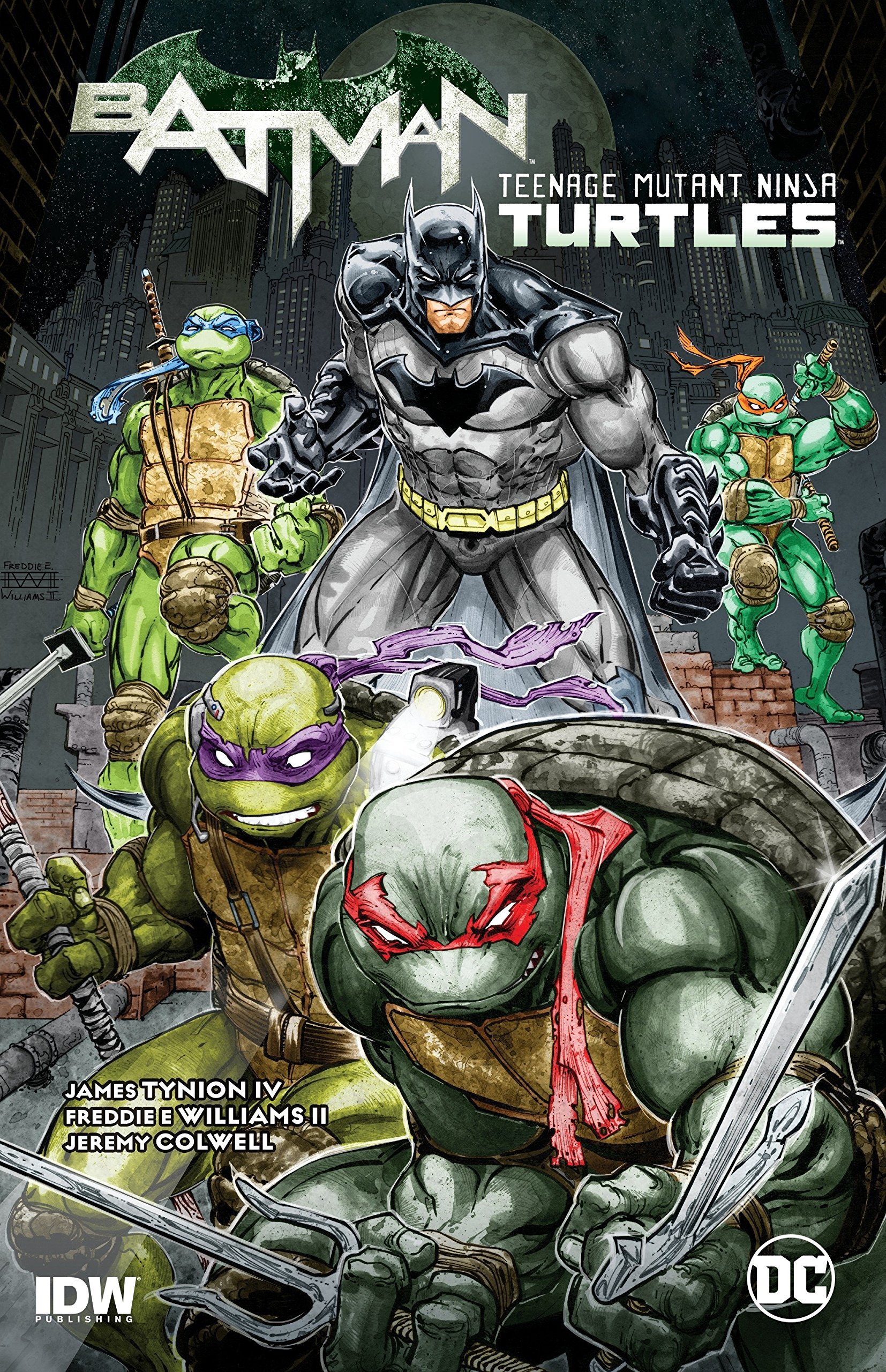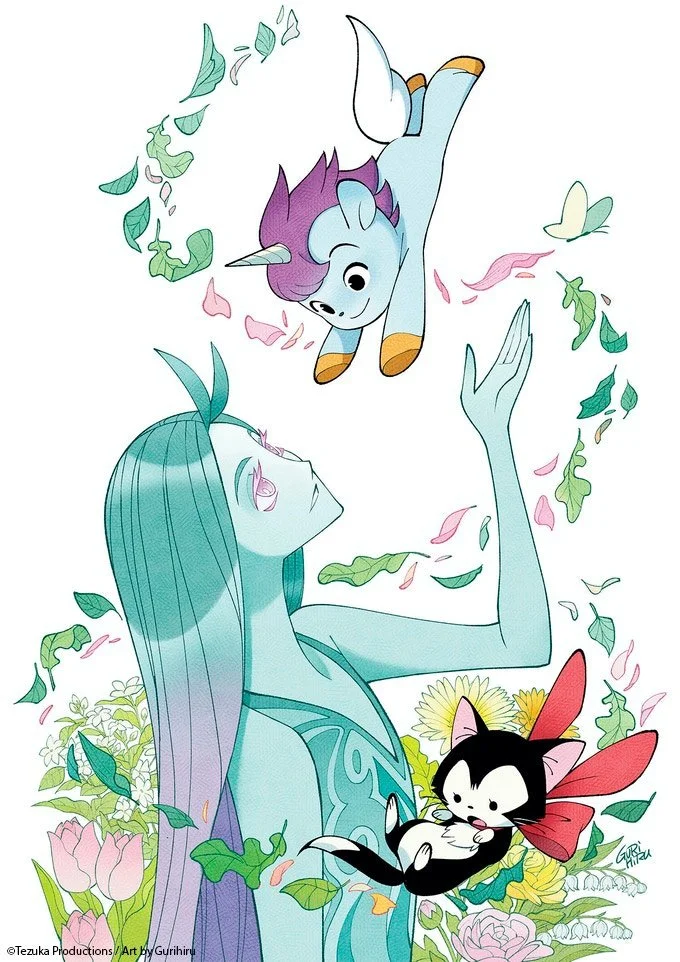The Man Without Fear...By The Year: 1965
By Bruno Savill De Jong — It’s 1965. Cosmonaut Alexey Leonov becomes the first person to walk in space, Martin Luther King Jr. marches in Selma, and the US commits first large-scale combat troops to Vietnam. People are listening to “(I Can’t Get No) Satisfaction,” watching the Sound of Music, and reading Daredevil.
Written by Stan Lee (6-9, 11), Wally Wood (10)
Illustrated by Wally Wood (6-9), Bob Powell (9-11)
Inks by Wally Wood (6-11), Bob Powell (9-11)
Colors unknown/unlisted
Lettered by Sam Rosen (6, 8-9, 11), Artie Simek (7, 10)
Daredevil becomes firmly established in his second year of crime-fighting. It’s 1966 when Daredevil dons his all-red costume, explaining he’d been working to “make it more comfortable – more distinctive,” and it’s also the year Daredevil debuts his “cane cable” grappling hook (with an infographic explanation in Daredevil #8). We are also provided a cross-section of Matt’s apartment and his secret apartment below, which doubles as a gym. Plus, 1965 is the first time we actually see Matt inside a courtroom, when he represents Namor the Sub-Mariner’s lawsuit against the surface-dwelling human race (after Namor hilariously bursts into their law offices, and out again through a wall).
Namor’s appearance ultimately benefits Matt Murdock. It’s the first time Daredevil actively saves the world (instead of fending off selfish goons). Even though the drawn-out battle eventually wears Daredevil out, Namor recognises his persistent courage as reason to respect mankind. It’s a story which celebrates Daredevil’s conviction and resolve. Plus, temporarily representing Namor appears to have helped Nelson & Murdock’s professional reputation. While Namor initially picks “the first attorney [he] find[s]” (much like how the Owl randomly enlisted Matt), afterwards Foggy is notable enough to be picked as a political party’s D.A., and Klaus Kruger takes Matt to Europe as (apparently) “one of the most famous lawyers.”
Klaus Kruger doesn’t last very long, being a discount Doctor Doom (down to apparently attending law school with Matt and Foggy like Doom attended college with Reed Richards), even if he does provide Daredevil the opportunity to go international. The year 1965 introduces classic Daredevil villains like Mr Fear and Stilt-Man, but they are more recognized for their legacy than threatening first-appearances (Stilt-Man’s silliness has become iconic in its own right). Mr Fear seems like the perfect arch-enemy for the “Man Without Fear,” but his convoluted origin in a wax-works museum and one-dimensional characterization leave much to be desired. Much like fighting Namor, 1965 proves Daredevil’s strength by taking down teams of (for some reason animal-themed) enemies, as Mr Fear recruits the Ox and the Eel for his “Fellowship of Fear.” And Daredevil’s first two-parter has The Organizer form the “Ani-Men” to disrupt and manipulate an upcoming election.
Facing these increased foes, Daredevil again reconsiders whether he can keep up this lifestyle. The prospects of Matt regaining his sight (at the cost of his super-senses – although this is mere speculation on his part) is re-raised by eye specialist Dr Van Eyck, who is Klaus’ pretence for taking Matt to his European principality Lichtenbad. But Daredevil (like Spider-Man) is constantly torn between the “normal” non-superhero life and his responsibility. Fate makes the decision for him, when Van Eyck sacrifices himself to disable Klaus’ “cobalt cloud,” giving his life for mankind and solidifying that Daredevil should do too.
But Daredevil’s motivations are also, gently, questioned. Matt asks himself “whether I really do this to help mankind… or am I just a show-off who never grew up?” Maybe Matt reclaiming the ironic childhood “Daredevil” moniker is a way to expend all the boisterous energy he never could as a young bookworm. Karen Page also speculates “[Daredevil]’s probably some swaggering, conceited show-off, who has to stay in the public eye to satisfy his own over-inflated ego.” And while this is a bit harsh, Stan Lee does play up Daredevil’s swashbuckling wise-cracks, including a genuinely funny back-and-forth between him and some European prisoners (perhaps Lee is mocking his own over-expository style with Matt saying “Look, can’t you find someone else to play 20 questions with, I’m busy!”). But Matt’s inner-monologue does show that Daredevil’s conceited “Man Without Fear” bravado is, at least partially, an act. Daredevil puts forward brave mocking airs to intimate his enemies, whilst Matt internally doubts himself and thinks “if only I were half as confident as I’m trying to sound!”
Such doubts extend to the Matt-Karen-Foggy love triangle, which only intensifies in 1965. Both Matt and Foggy walk in on the other with Karen. Foggy is given slightly more development as he endangers himself against the Ox, and becomes intensely jealous of Karen’s longing for Matt when he’s away in Europe. Foggy mocks Matt for lacking the guts for the eye operation, and is defensive when Matt questions his potential D.A. appointment (which The Organizer was ultimately behind). Karen herself grows frustrated with Matt’s reservations and refusal to admit feelings towards her, which is couched within uncomfortable old-fashioned ableism.
Daredevil goes back and forth on being positive representation of blindness. Stan Lee himself was actually concerned about the book being offensive, before getting positive feedback from blind charities. But within Matt’s dilemma over the eye-operation is the underlying assumption that he cannot be both blind and normal, and Karen could only be with him if he regained his sight. Now, a generous reading is that this is mostly self-doubt, and Matt uses his disability as an excuse to not emotionally engage with the world. But the way Karen insists on the operation, and how Matt’s blindness becomes intertwined with abnormality, can make early Daredevil feel very dated.
Indeed, the love triangle proves so intense that 1965 ends with Matt leaving the law firm. With his activities as Daredevil preventing him from casework, and the distraction of Foggy and Karen, Matt decides to “take a leave of absence” and travel the world. Just as 1965 firmly established Daredevil, 1966 promises to shake it up with a “New artist! New storyline! New surprise!” while Matt similarly frames it as a new beginning. Daredevil in 1965 was consistent, if nothing spectacular, with Wally Wood nearly lasting the whole year as he was phased out with Bob Powell (although remaining on inks). But even as Daredevil faces inner-doubts and gives up his regular civilian lifestyle, he’s proven his resolve and commitment to heroism through his second year on the job.
Read The Man Without Fear…By The Year: 1964 now!
Check out Bruno Savill De Jong’s last regular series, Gotham Central Case by Case!
Bruno Savill De Jong is a recent undergraduate of English and freelance writer on films and comics, living in London. His infrequent comics-blog is Panels are Windows and semi-frequent Twitter is BrunoSavillDeJo.













